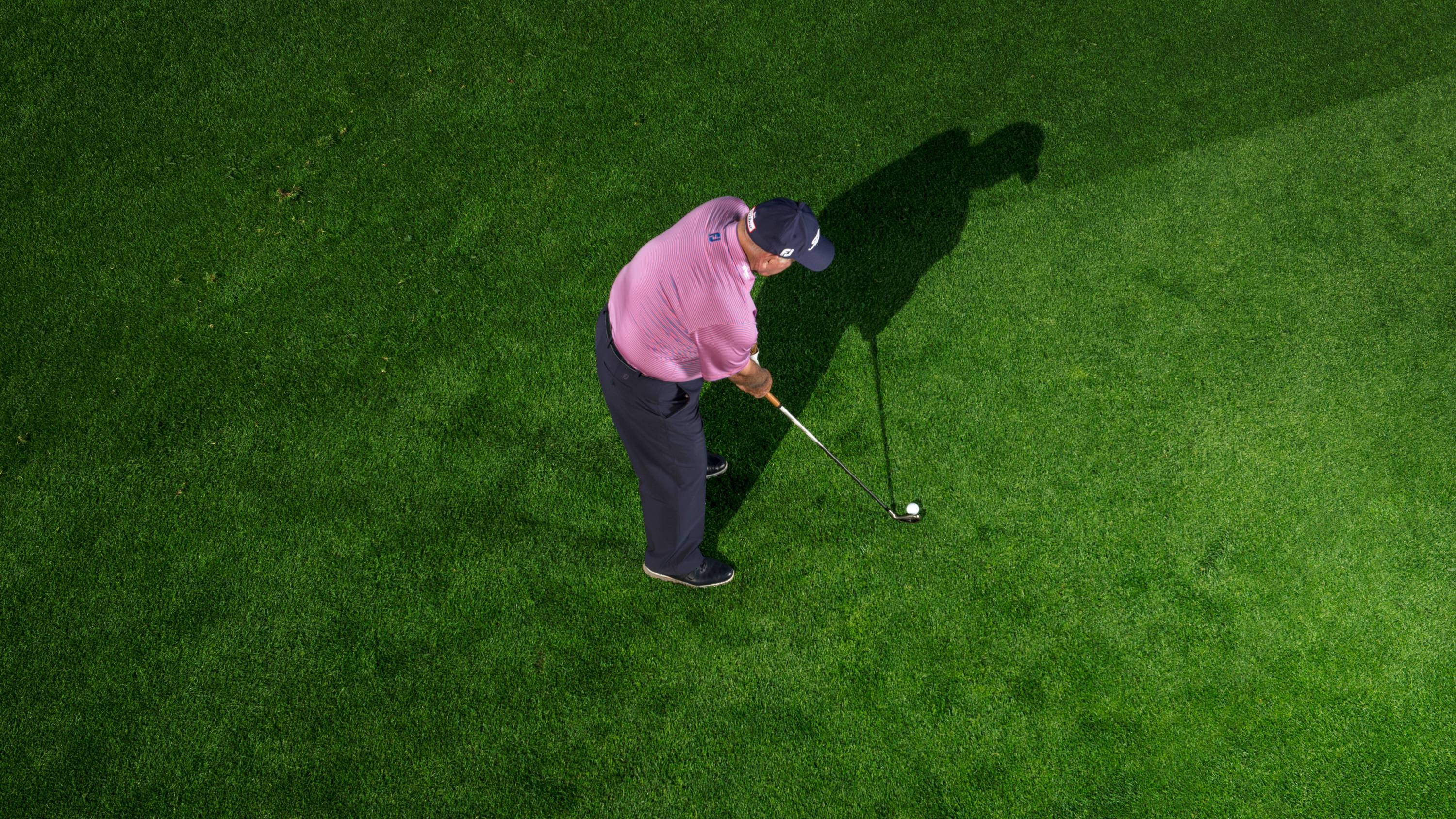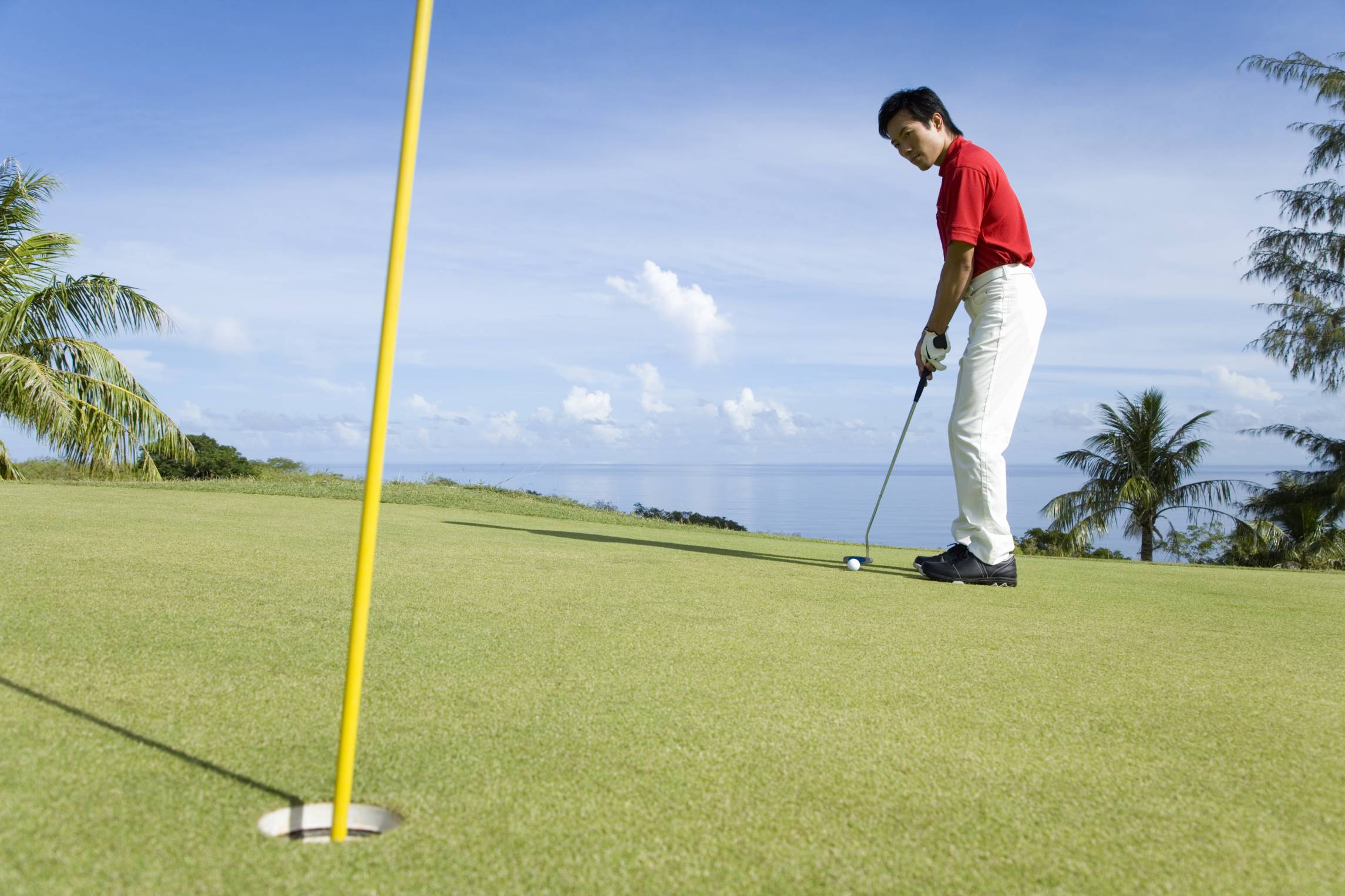
Golf is a game where ball speed and clubhead velocity are often confused. It is important to remember that ball speed will be higher than swing speed when you choose the golf ball. In other words, if you are looking to hit a long shot, you should go with a low-compression ball. Low-compression balls are recommended for players with slow swing speeds. Players with slower swing speeds will benefit from low-compression golf balls, which increase the distance.
Ball speed is faster that clubhead speed
We golfers have heard a lot of talk about Tiger Woods' ball speed. But what does ball speed even mean? How does it affect your game? Golf balls can fly at speeds of 255 feet per minute, while planes only travel at 51 feet per hour. While ball speed is a critical factor in improving your game, it is also something many golfers overlook. Let's have a closer look at what the difference is between clubhead speed and ball speed.
Your swing and clubhead speeds determine the ball's speed. The faster the ball travels, the more efficient your clubhead meets it. Your ball speed can be improved by hitting the middle of the face more often. The clubhead should be at least a mile per hour faster than the ball. You want to achieve consistency with your golf swing by aiming for a smash ratio of 1.50. A higher smash factor means a more efficient golf swing.

For players who have slower swing speeds, low compression golf balls can increase their distance.
Players who have slow swing speeds require a different method to generate distance. Low compression golf ball are the perfect choice. Low compression balls can transfer energy from the ball more efficiently than other types of balls. As a result, they offer greater distance and control when chipping and putting. They are also softer than traditional golf balls which gives slow-swinging players greater control over the ball during impact. The two most common low compression golf balls are the TruFeel and TourQuest Tour-branded balls.
When looking for a golf bag, be sure to consider the compression rate. Players with slow swing speeds will benefit most from a ball with low compression. These balls will give players with slower swing speeds more distance while also giving them a better feeling off the clubface. For those with faster swing speeds, it is recommended to choose a ball with a higher compression rating. This will increase distance without sacrificing control. Keep in mind that your strokes will be shorter then your driver's speed.
Select a golf club that suits your swing speed.
You need to consider the distance of your drives as well as your average clubhead speed when choosing a golf ball. The average golfer makes a drive of about 250 yards with a clubhead speed of 2.3 mph. However, this is not the speed that many average players reach. If you are able to swing faster than 105 MPH, you will need a higher compression rating (100+). This ball will provide optimal ball flight and distance while also allowing for the best spin rate and distance.
There are many types and sizes of golf balls available. It is important that you choose one that matches your swing speed. High-speed players need a ball that has high compression ratings for greater control and accuracy. You can also choose a ball of a lower compression rate for golfers who play at a slower speed. Golfers with intermediate swing speeds may choose a ball with a higher compress rating if they aren't concerned about a lower compression.

Selecting the right golf ball for you.
A golf ball with the correct compression is key to improving your game. There are many factors you should take into consideration, such as your swing speed or swing path. Here are some factors to be aware of when choosing a golf ball. Low compression balls are more difficult to compress at impact but tend to rebound quicker. High compression balls, however, are easier to hit and can produce lots of spin and backspin.
First, find your swing speed. This will help you determine which golf ball will have the most compression and give you the maximum distance. A ball with low compression may be best for someone who has a slow swing speed. For fast swingers, a ball with high compression is best. Your swing speed and the core of your golf ball will determine the compression.
FAQ
What is a "bogey"?
A bogey is a goal for golfers. This is not a part of the game, but merely a way to keep score. The hole is won by whoever shoots closest.
The concept of a bogey was invented by Jock Hutchison, the first professional golfer from Scotland. The idea was born out of his playing at home.
He wanted to keep track his progress so he wrote down a number and stuck it to the wall over his bed. This was known as the "Hutchy Bogey."
What are the types of golf courses offered?
There are many types of golf courses. Some courses are intended for beginners while others can be used by more experienced players.
Some courses are situated near rivers, mountains, forests, or lakes. Others can be found in urban settings. Golf courses range from public parks to private estates.
Can I learn how golf is played?
Yes. There are many schools available that can teach you how to play the game of golf. You will need new equipment, such as a set or clubs.
Statistics
- They do this by means of assessing and rating courses according to the average good score of a "bogey golfer," a player with a handicap of around 20. (en.wikipedia.org)
- Professional golfers typically make between 60% and 70% of greens in regulation. (en.wikipedia.org)
- They do this by means of assessing and rating courses according to the average good score of a "bogey golfer," a player with a handicap of around 20. (en.wikipedia.org)
- In the United States, the number of people who play golf twenty-five times or more per year decreased from 6.9 million in 2000 to 4.6 million in 2005, according to the [51] (en.wikipedia.org)
External Links
How To
How to Make a Perfect Golf Swing
A strong golfer understands how to play his game, and what he can do to improve. He should be able to recognize when to use different clubs, grips and stances.
These are some tips to help you play golf well.
-
Start with the basics - Before you can start to practice your swing, it is important that you understand the rules of golf.
-
Practice makes perfect - The best way to practice is to go out into nature (or indoors) and hit balls at a target. This allows you to get feedback on your form and technique without hurting yourself. Play a few rounds of Golf once you are comfortable with your swing mechanics.
-
Be ready to hit any ball - Make sure you are ready by checking your grip, posture and alignment before you hit it. Adjust if you feel uncomfortable.
-
Keep it simple. Don't try and copy another player's swing. Instead, take inspiration from great players such as Tiger Woods, Phil Mickelson or Jack Nicklaus. They are masters of what they do because they have perfected it.
-
Technology is a key component to improving your game of golf. There are many apps today that can help analyze your swing, track distances, give you tips, and even provide statistics to assist you in making better decisions.
-
Be consistent – When practicing, keep these principles in mind. * Only work on one aspect of your game at the time. For example, if you're working on your short game, work only on the short game drills. Do not mix your long drills with the short ones.
-
Only one part of the body is important at a time. For example: If you work hard on your left side, forget about the right side. It won't make you better.
-
Be honest with yourself - Don't lie to yourself. Also, if your self-esteem is higher than it really is, you are cheating yourself.
-
Play with friends. Having fun with others can help you get better at your game. Besides helping you stay motivated, having people around also gives you some friendly competition.
-
Know your strengths and weaknesses - Find out where you excel and where you need improvement.
-
Have fun. Enjoy learning how to golf. Remember that you are never "perfect" at golf. You'll enjoy the journey even if you don't achieve perfection.